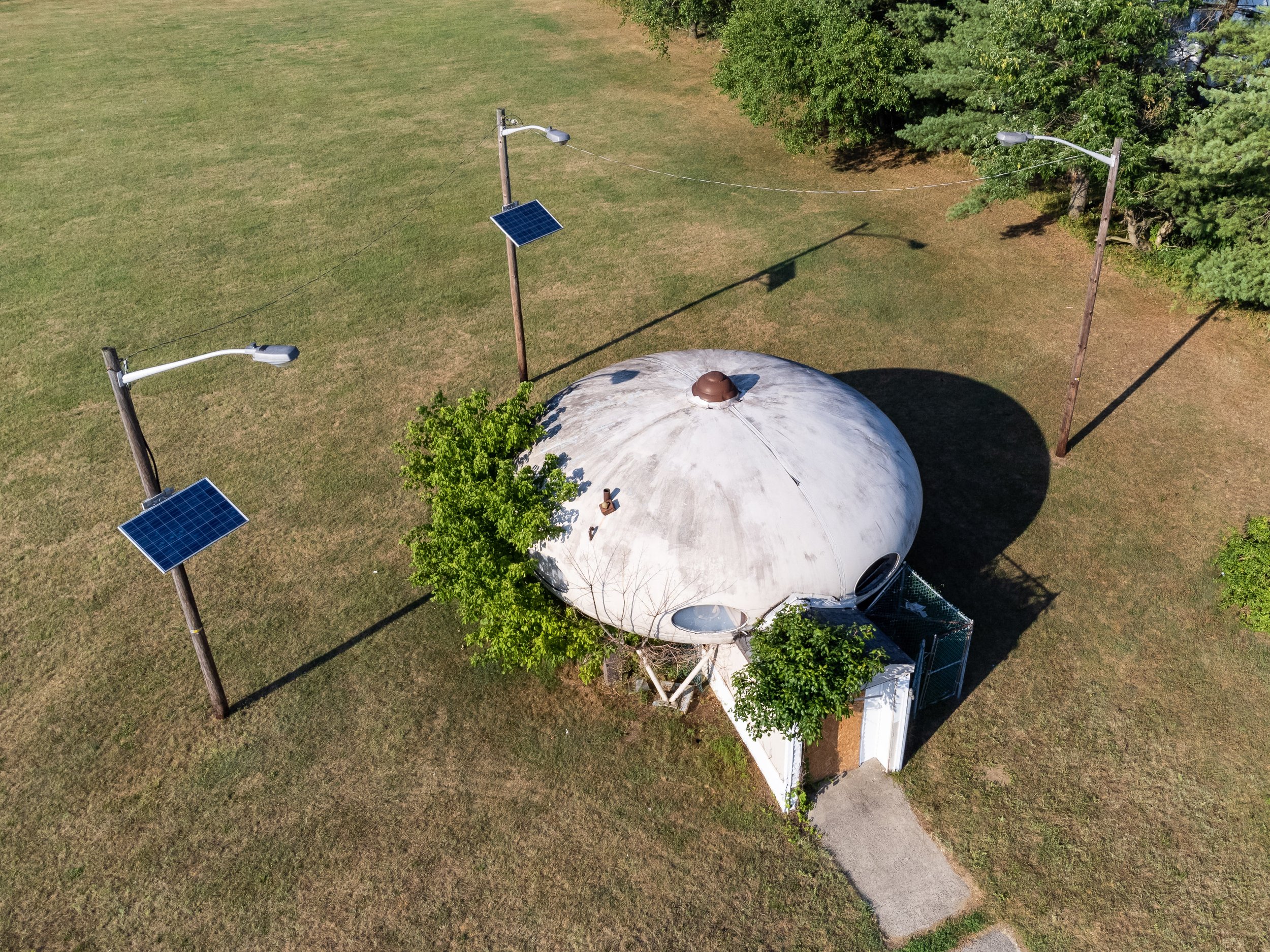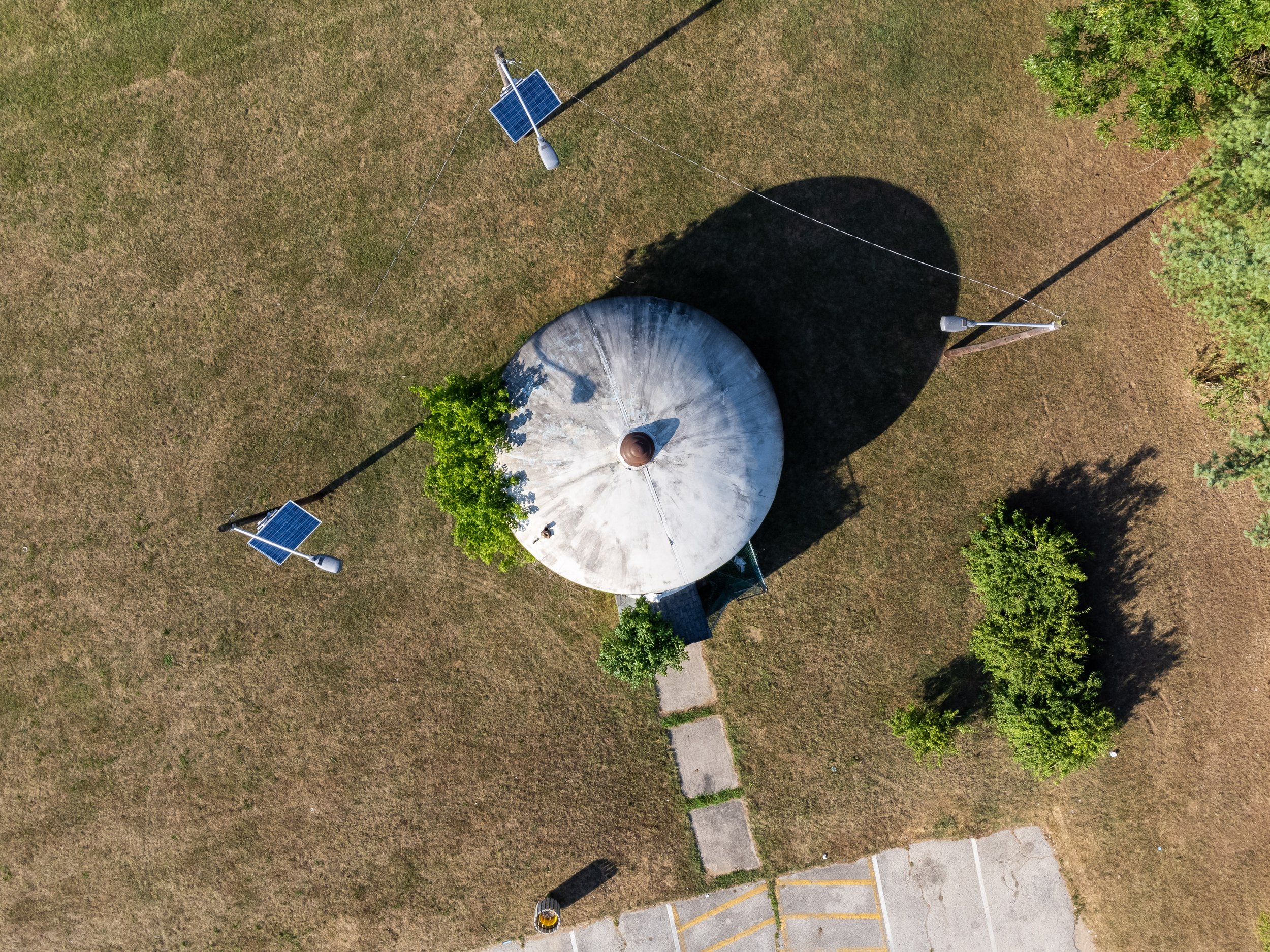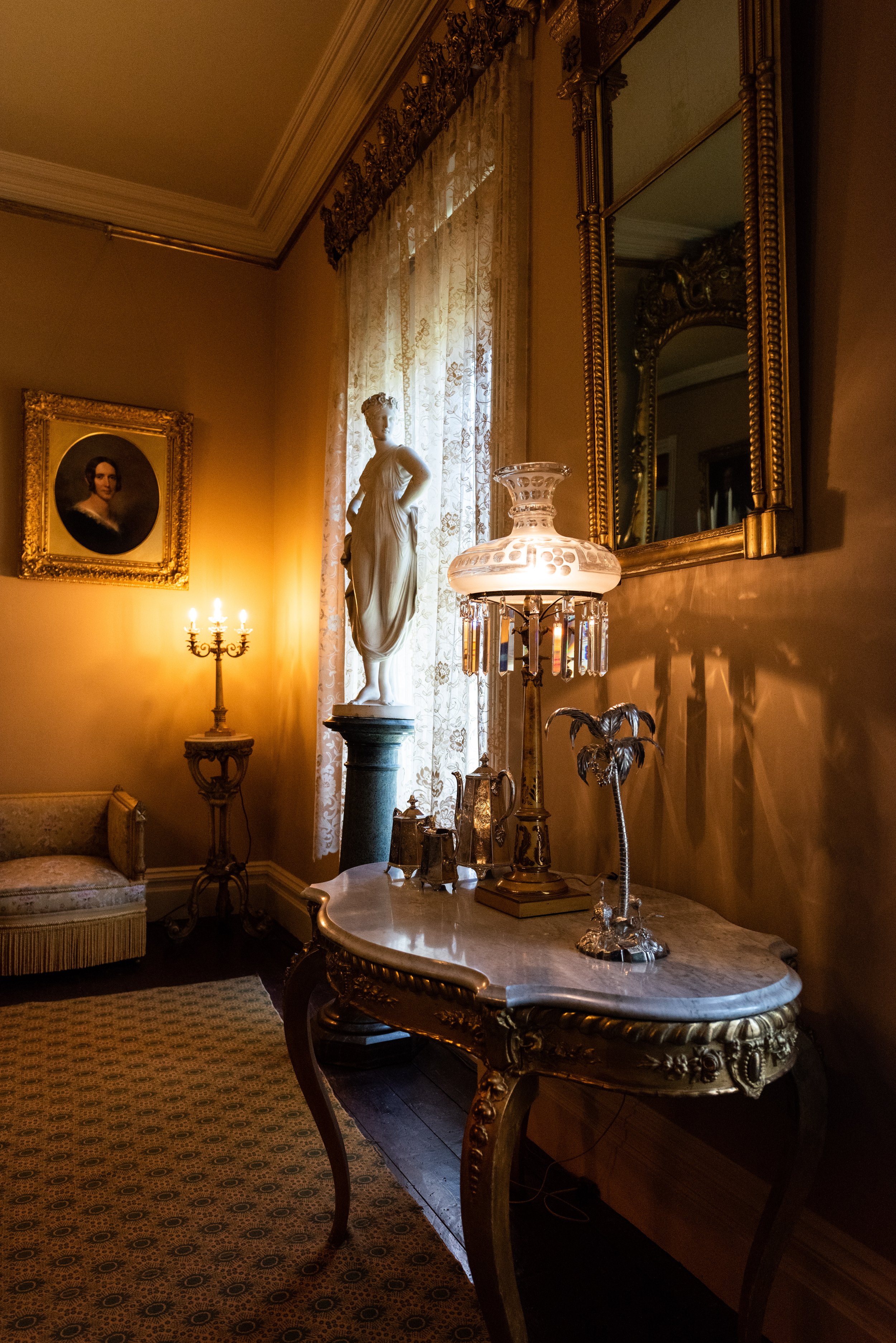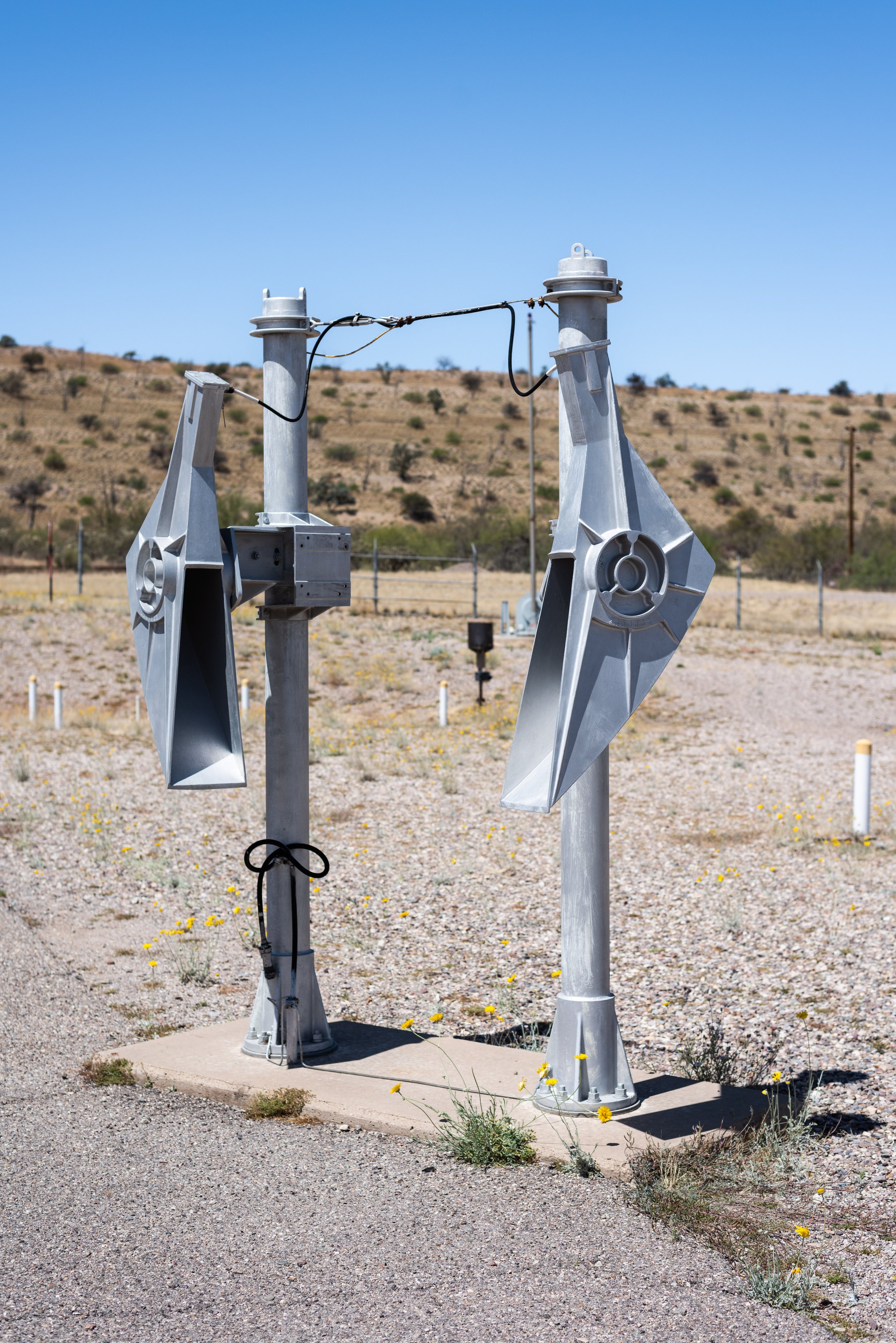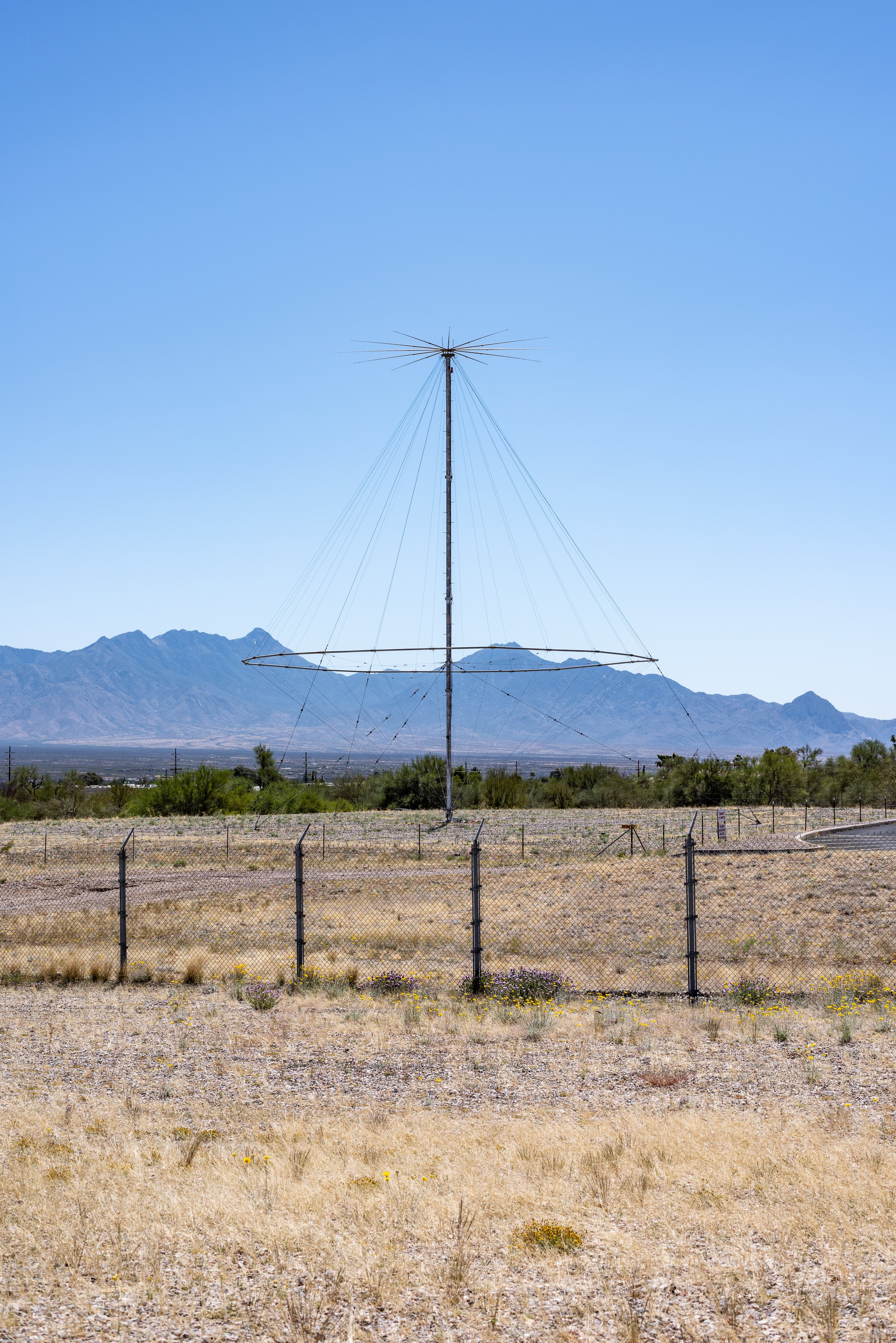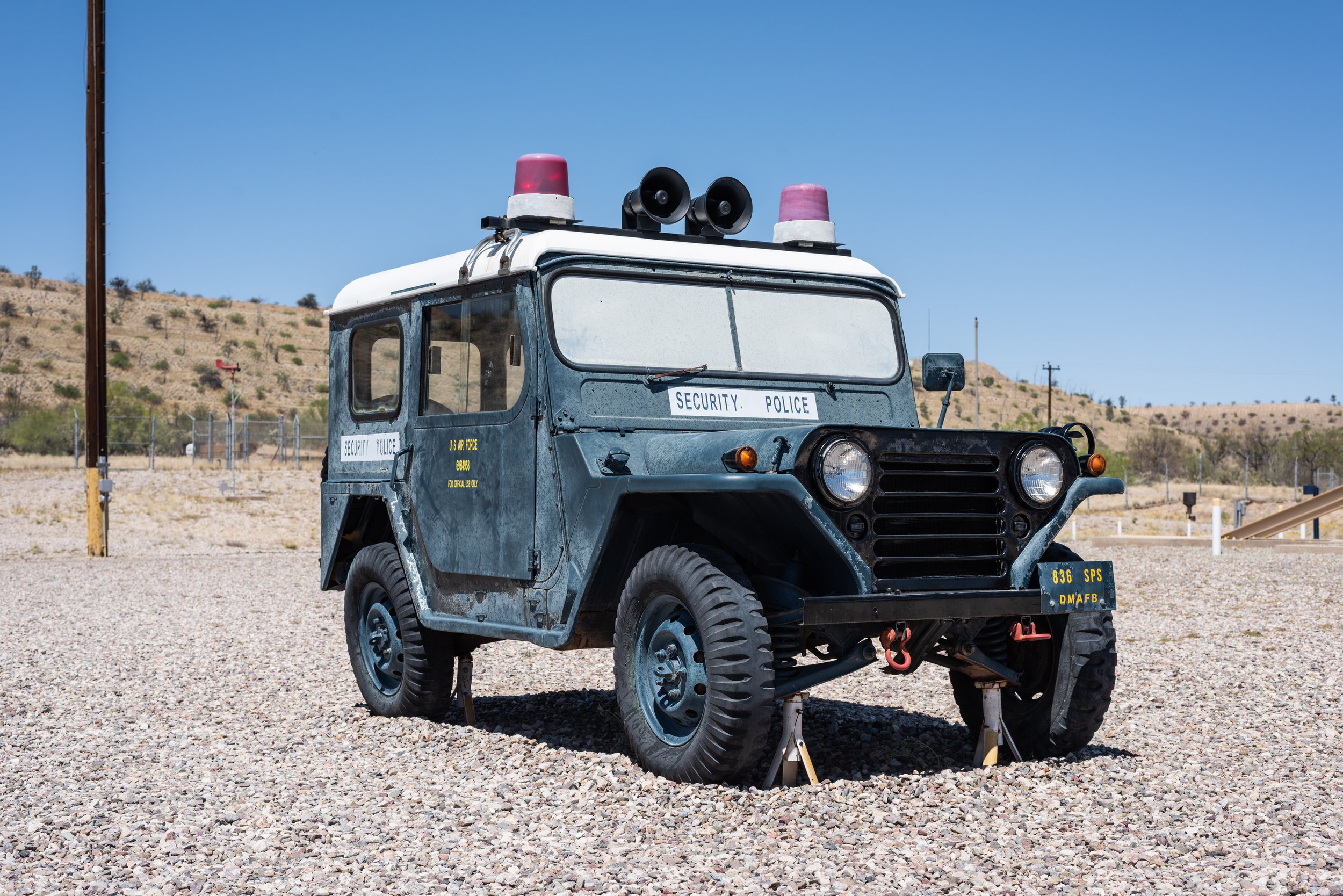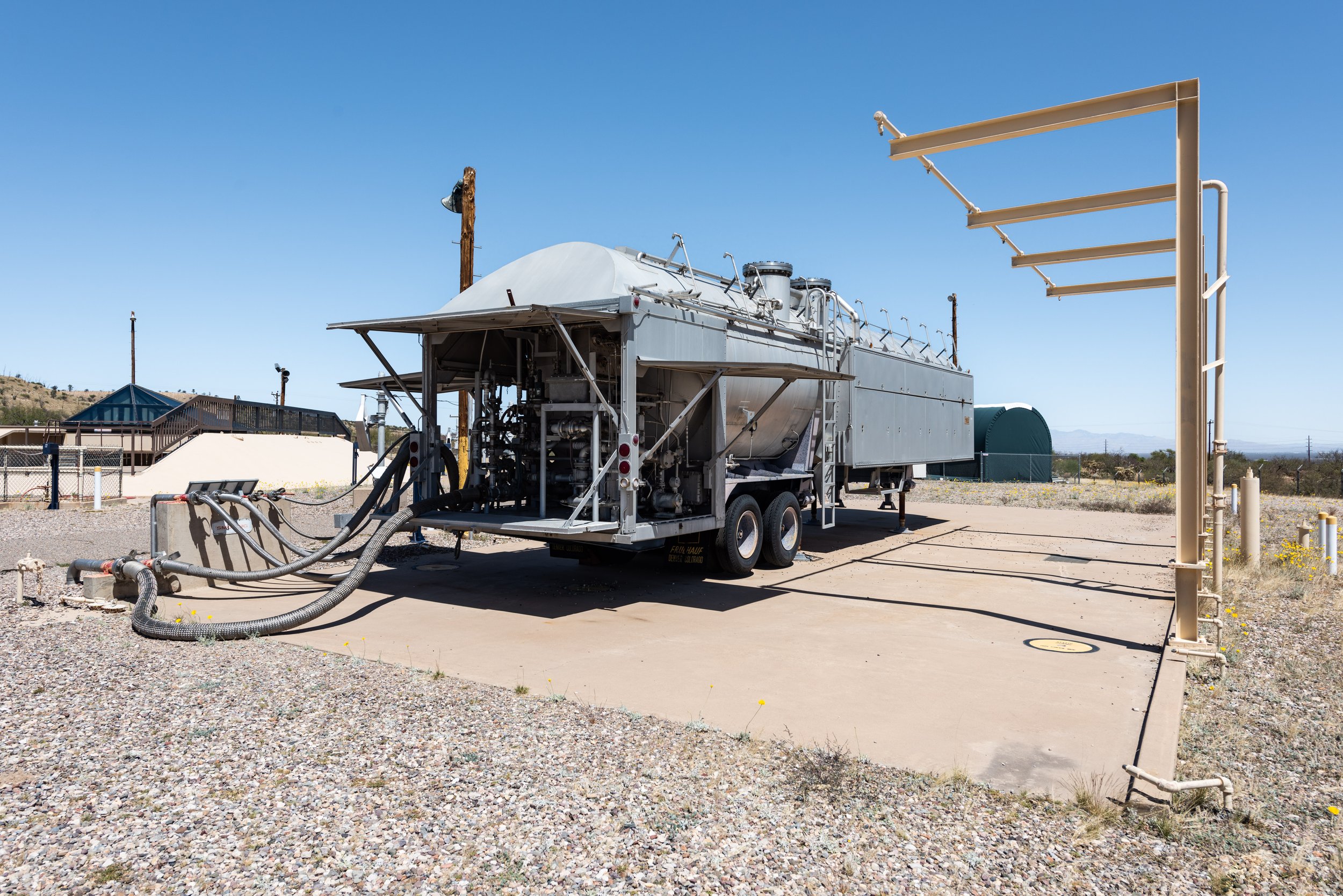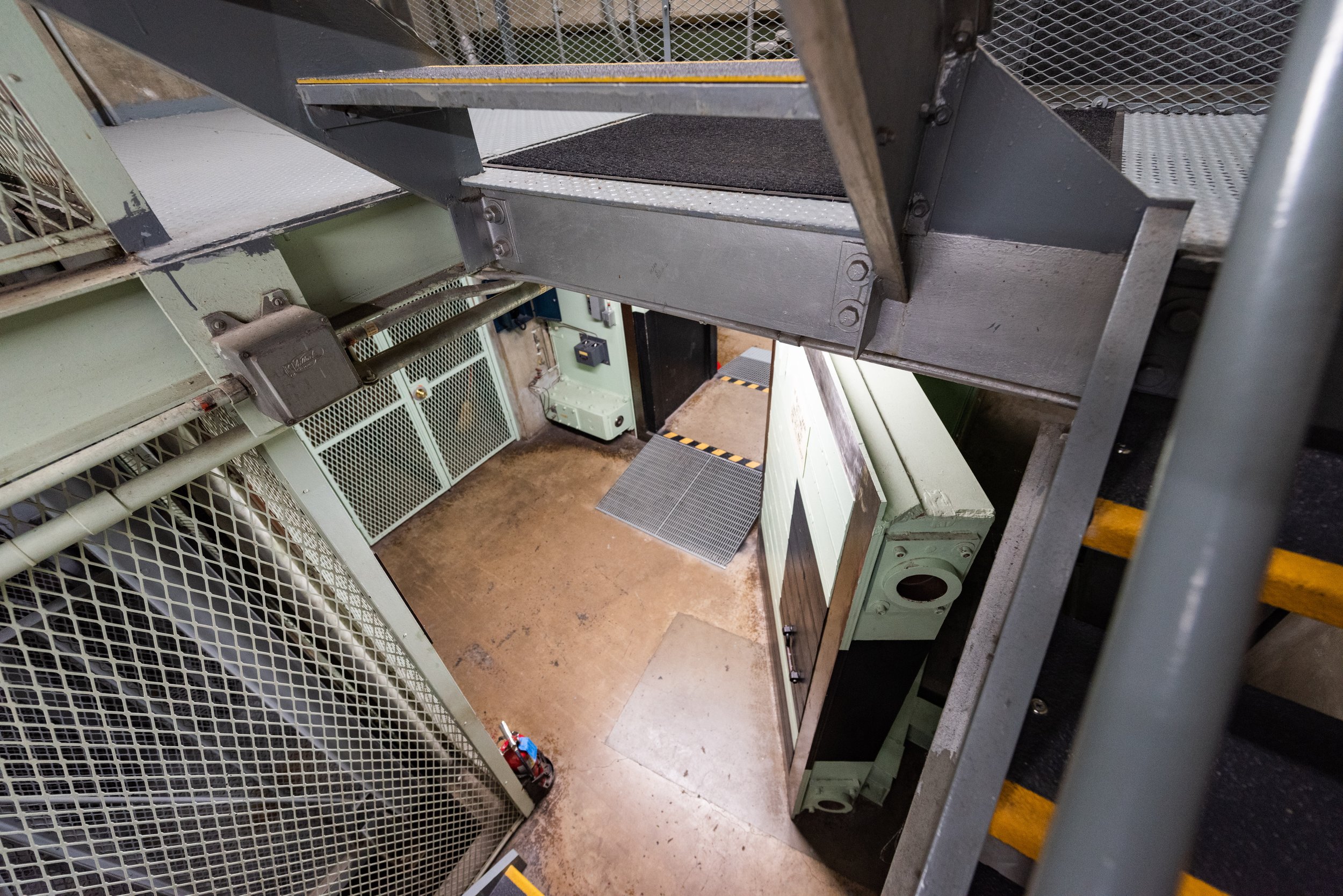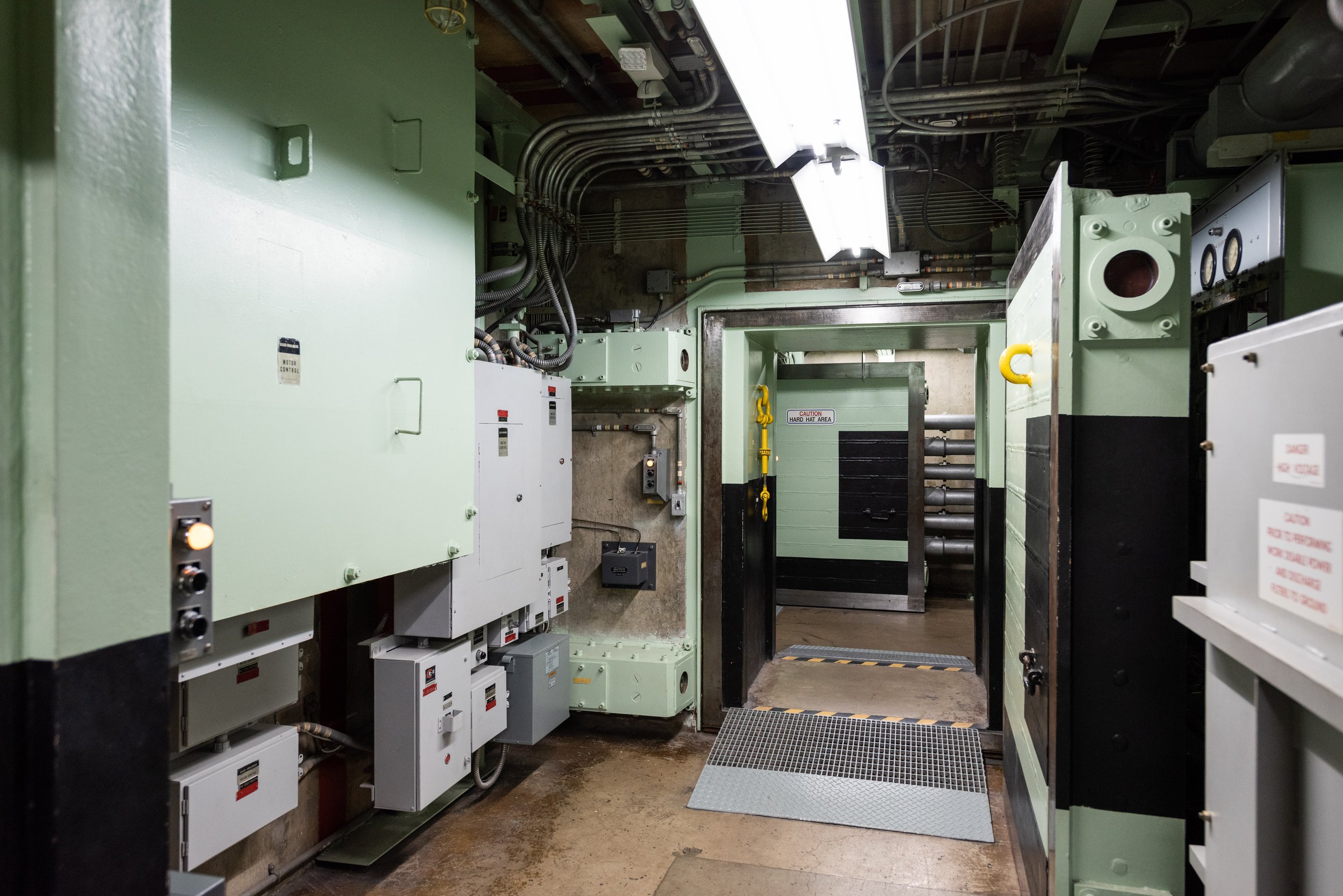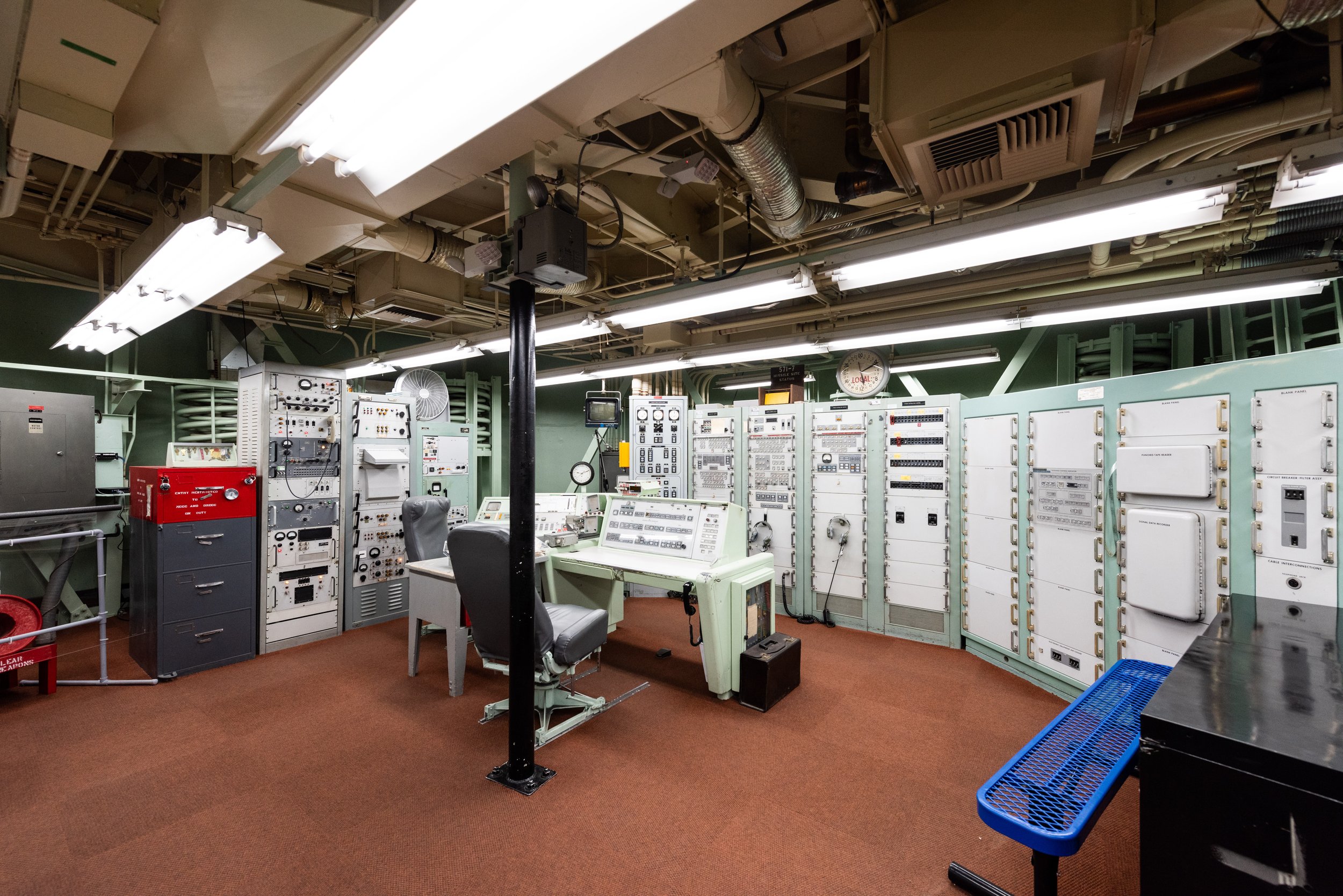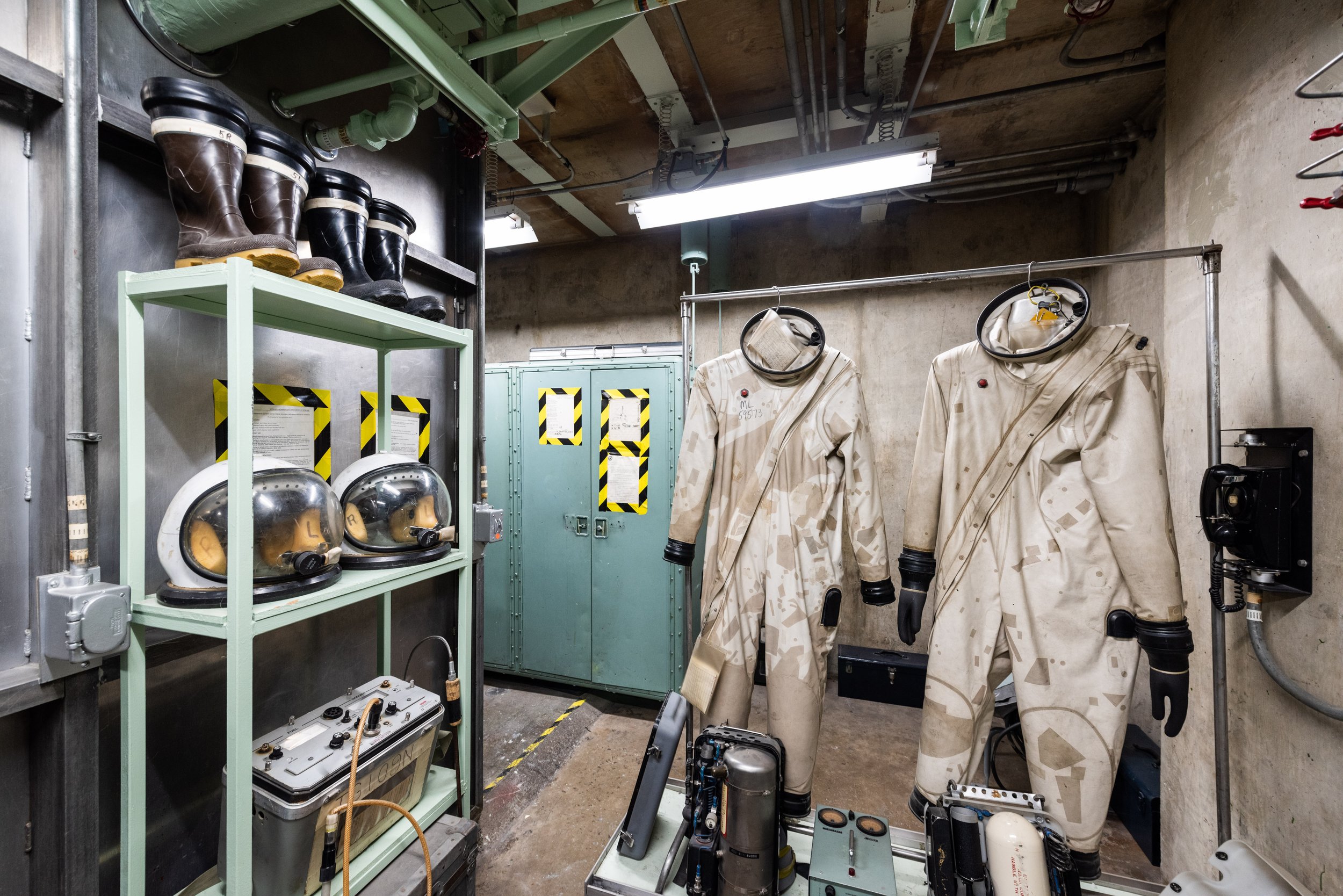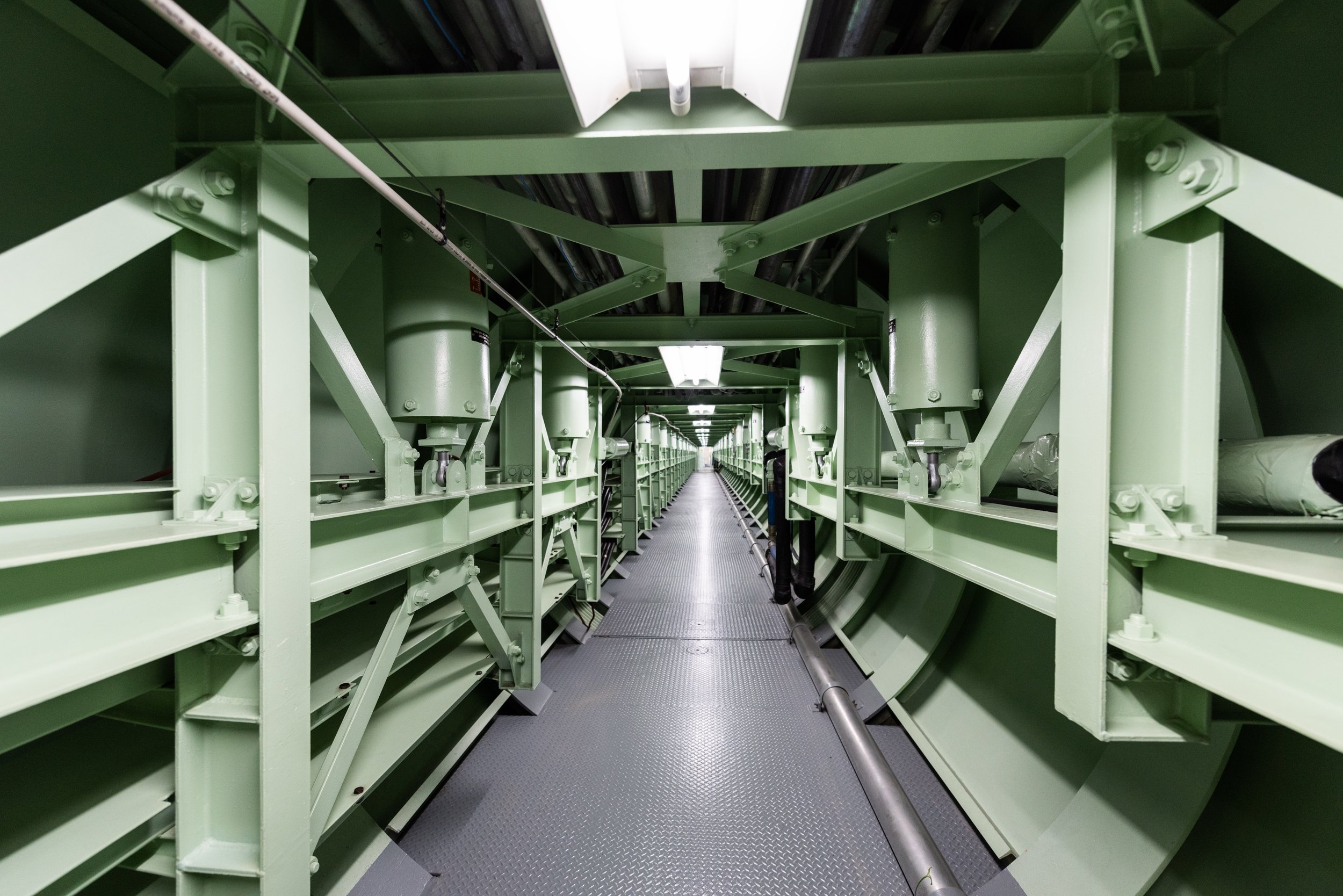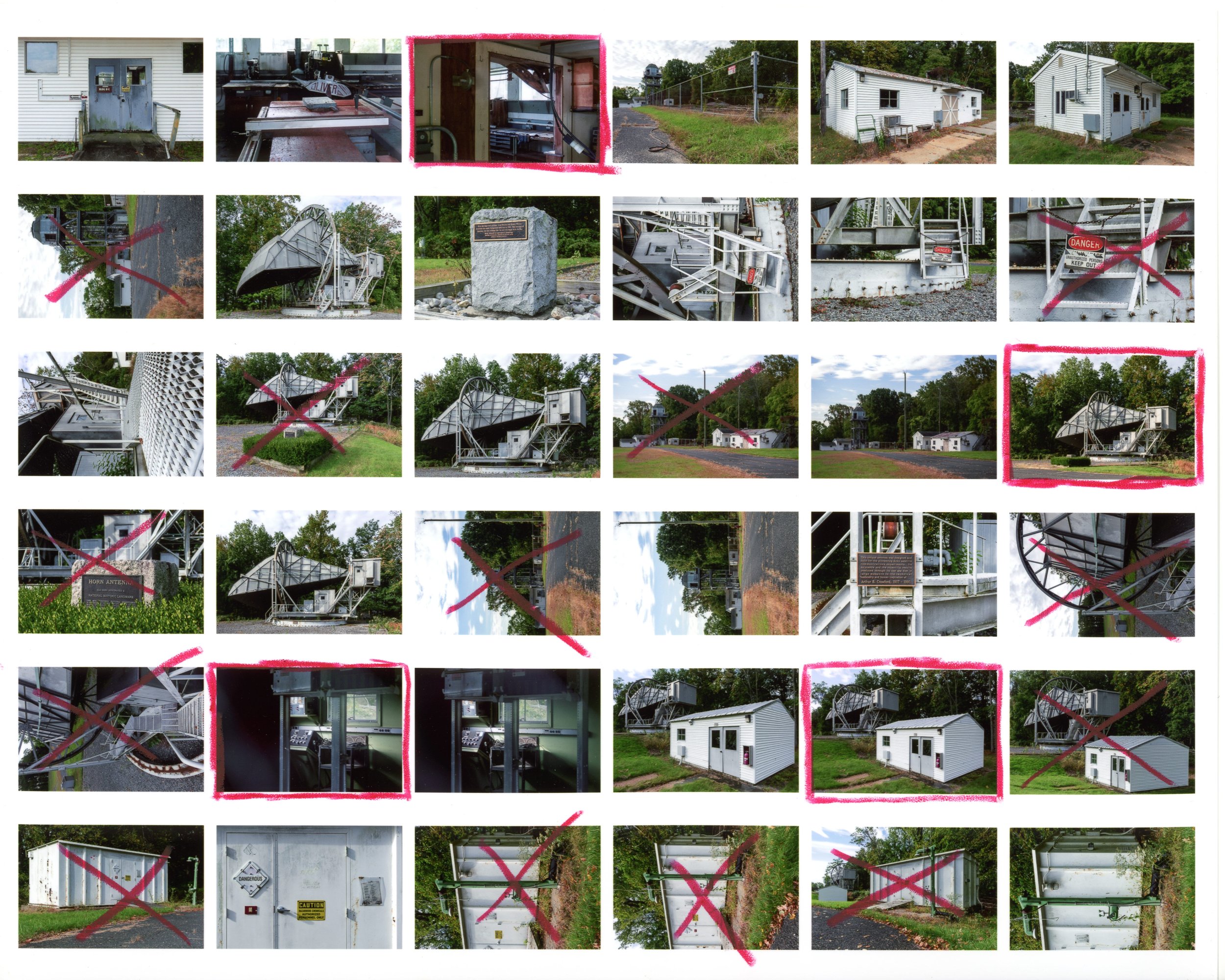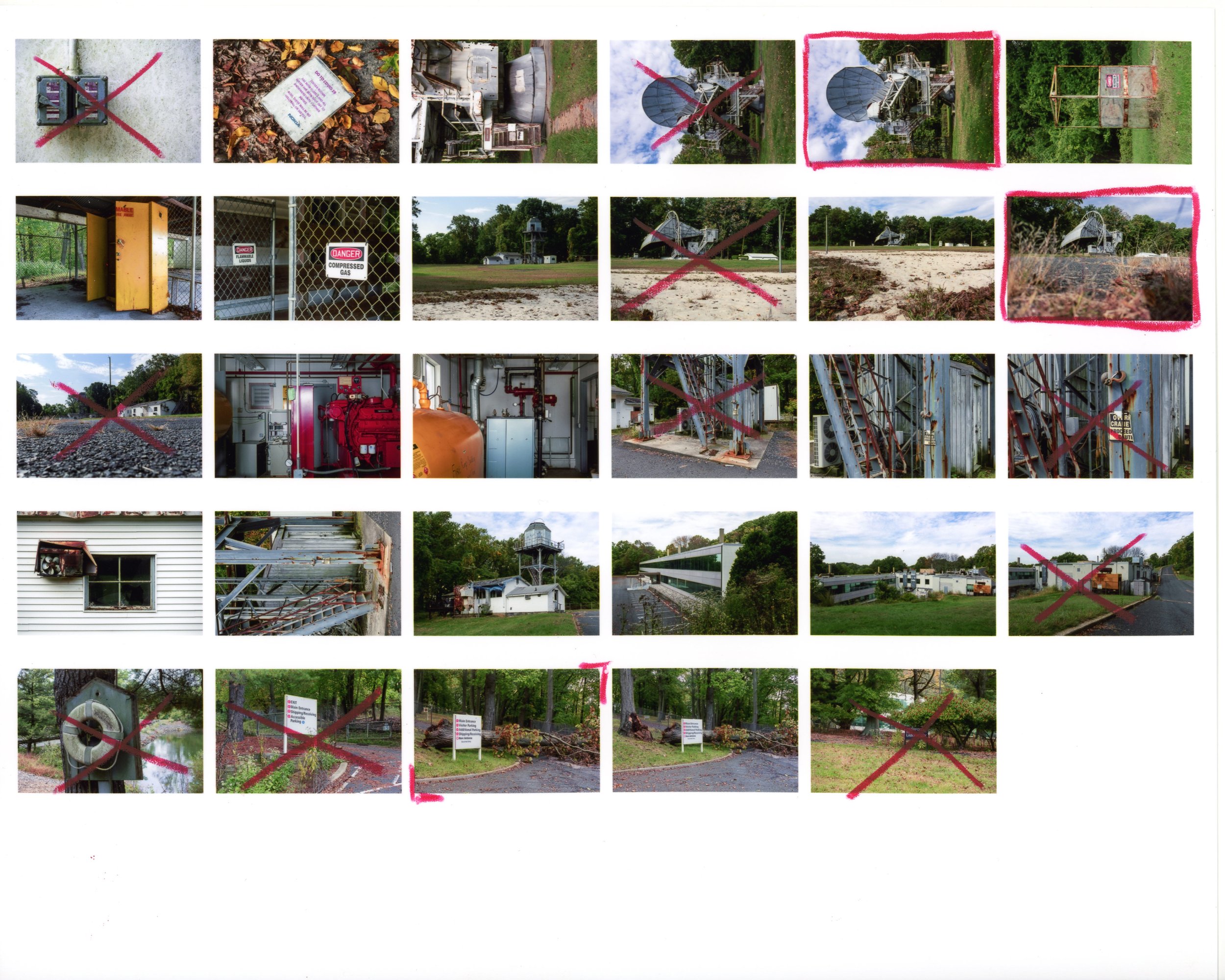Tucked away in a corner of Millcreek Park in Willingboro, NJ sits a decrepit bubble of fiberglass and plastic that looks like it was yanked straight out of the 1960s. Stacked boxes of laminate wood flooring block some of the windows, at least those which haven’t yet blown inwards. Taking a peek through the opaque plexiglass reveals an interior that matches the 60s space-age aesthetic of the exterior, with dingy brown-ish tan carpeting covering the floors and a drooping fan that clings to the off-white ceiling. The interior is relatively empty and mostly open inside, save for a rolling desk chair or two and a built-in bench/countertop that rings the outer wall. There are enclosed spaces carved out for a small utility closet and a bathroom, with a short staircase descending down to the boarded up front door.
This abandoned structure is a Futuro House, an invention of Finnish architect Matti Suuronen. Futuro Houses first gained traction as ski cabins in Finland, where they were easy to heat and quick to construct via truck or helicopter delivery to remote mountain locations. The Willingboro Futuro House I visited started life as a “Space Bank”, which isn’t immediately evident when you look at this house today. Upon closer inspection, there are some unique features which stick out on this model: the below-average number of windows (8 vs 16 on a standard model), and an old bank-style security alarm box which remains affixed to the exterior. The “Space Bank” context helps make more sense of the conspicuous lack of bedrooms, a kitchen, or really any partitioning that would make this space livable. It was manufactured just across the Delaware River from Willingboro in Philadelphia, and moved between shopping plazas as a bank branch until it was donated to Willingboro Township in 1975.
Futuro Houses never really took off in the United States as local residents opposed how the radical architectural style clashed with the broader neighborhood aesthetic. Municipal building codes also hampered adoption as Futuro Houses were not designed with US municipal code compliance in mind. Additionally, the 1973 oil crisis shot the cost of plastic through the roof, making them prohibitively expensive to produce. New Jersey’s other Futuro House, once abandoned down the shore in Greenwich, NJ, was removed in 2021 and moved to Oxford, OH for restoration. The former “Space Bank” served for a time as the Parks Department’s headquarters, the township Recreation office, and as a headquarters for the Police Athletic League before falling into disuse.
I doubt the township of Willingboro will do anything with this historic structure until it collapses, as I’m sure it would cost less to tear down than rehabilitate. Maybe somebody like the folks who took the empty shell of a Futuro House from Greenwich will come along and save it. If it can be done in Greenwich (that Futuro House was in far worse shape than this one), then maybe it can happen in Willingboro?
